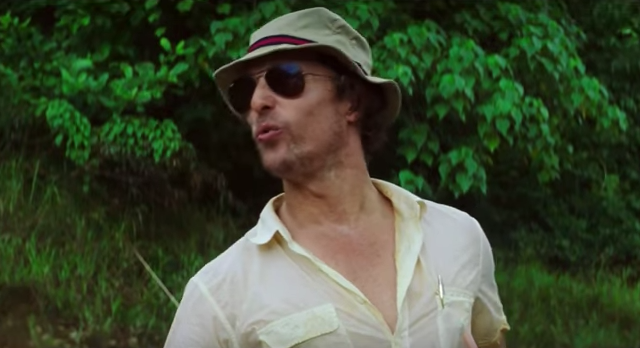The Best Actor Competition... What is Going On Here?
 Wednesday, September 21, 2016 at 6:30PM
Wednesday, September 21, 2016 at 6:30PM Only two men seem to have even remotely locked up their positions in the current Best Actor race and one of those only on reputation / material alone since no one has yet seen Denzel Washington's adaptation of Fences. So is it really Denzel for this third Oscar versus Casey Affleck for his first or is there more going on? There had better be since there are five nomination slots. Ten if you think of it in terms of Golden Globe excitement come year's end.

Since romantic male leads have historically had a tough time finding Oscar nominations from the male-heavy Academy body (romance is for girls. ewwwww, cooties) I know it looks weird to suggest that both Joel Edgerton and Ryan Gosling are looking likely but at this stage the field is what the field is. Gosling in particular, an actor whose work I've always deeply loved don't misunderstand, would seem like a clear miss. Think about it. He's headlining a musical which relies heavily on his effortless dreaminess, vibrant musicality, and physical grace. Not that those aren't award worthy attributes but Oscar is very gender-rigid about which adjectives are award worthy and if you say "dreamy, musical, and graceful" they'll think Best Actress. Which is why Emma Stone is much more locked up as a competitor at this stage, even though, musically speaking, she isn't as natural a dancer or musician. (Please note: Gosling also plays piano like a pro or can fake it better than pretty much any other actor I've ever seen.)
Edgerton & Gosling's chief competition looks like very young men (in terms of Oscar-voter tastes) in the form of Miles Teller (if his movie's a success), Dev Patel (if they don't do something fishy with the campaign), and Joe Alwyn (if he's tremendous in his debut and people love the movie). I know some are banking on Matthew McConaughey in Gold or Andrew Garfield in Silence (both sight unseen) but I'm suspicious in both cases. Just a hunch.

That's where we'll find the gold.
The lack of heavy competition in this race means that Tom Hanks will finally be back after missing so recently for his arguably best work in Best Picture nominees. We can hope that the lack of excitement in this race (to date at least) will inspire more passion votes, too. If voters aren't feeling the leading men this year they could always look at off center giants like Viggo Mortensen in Captain Fantastic. I'd be shocked if there's five stronger leading male performances than his this year -- not that "deserves" got much to do with it.
The New Best Actor Chart - Thoughts?





